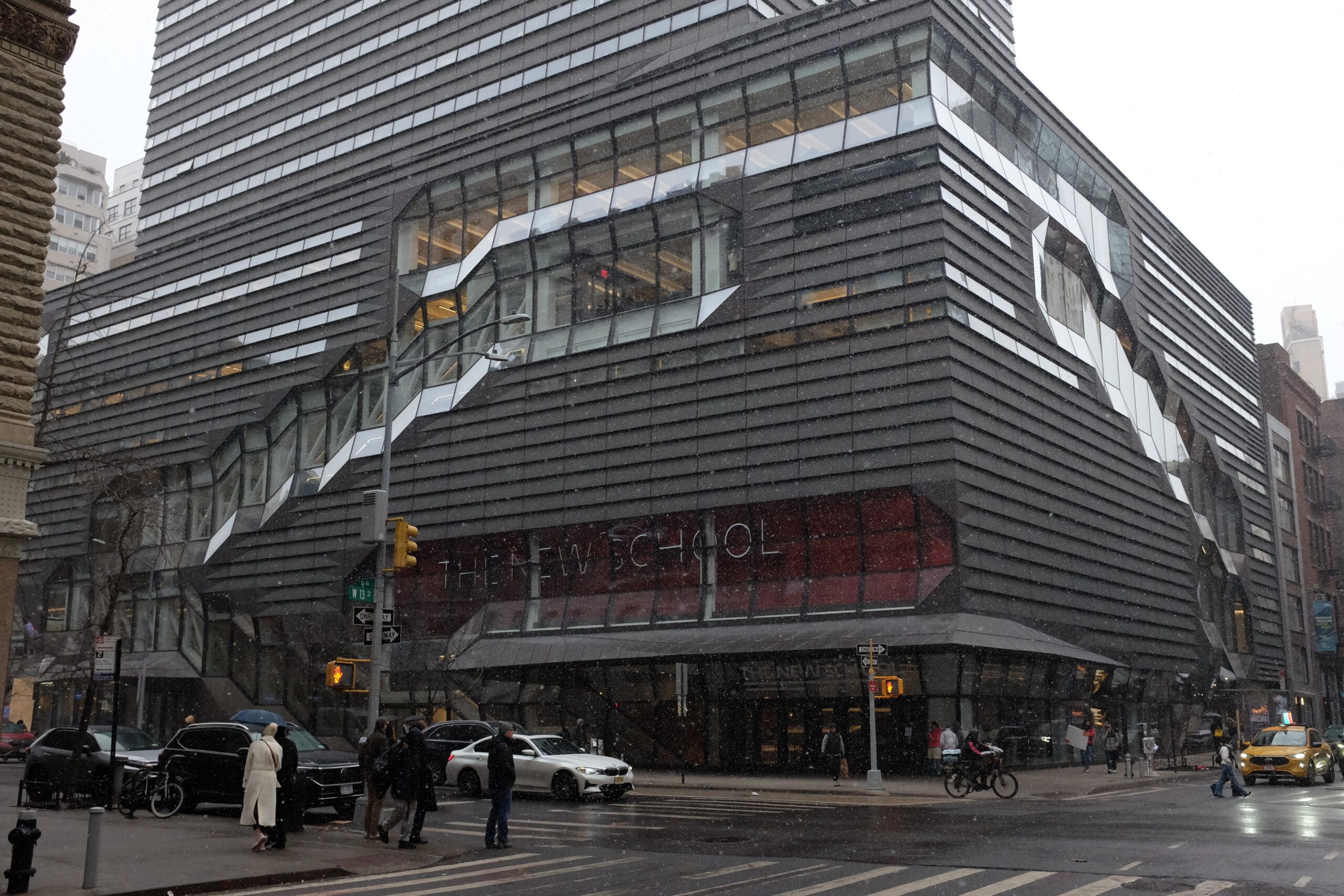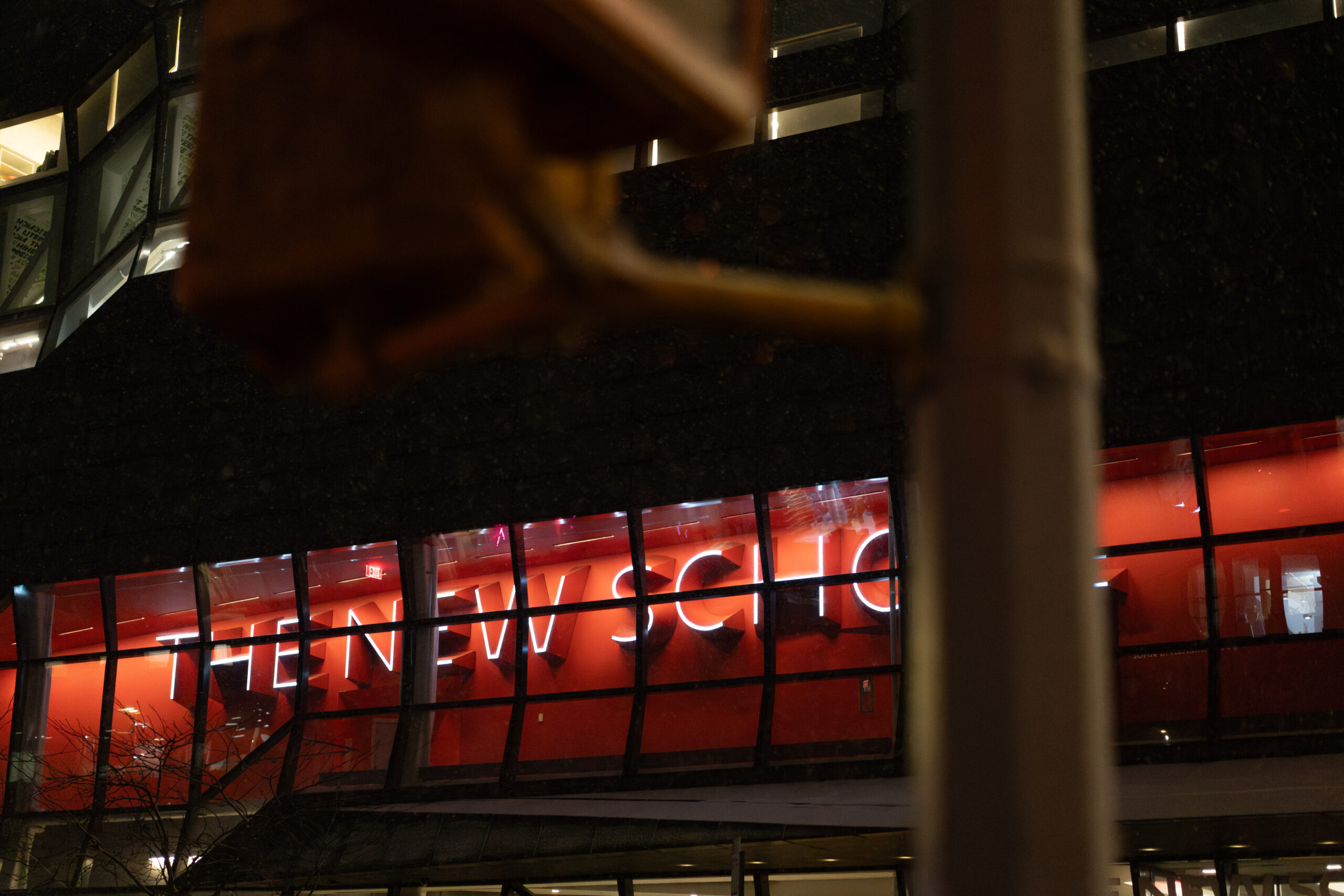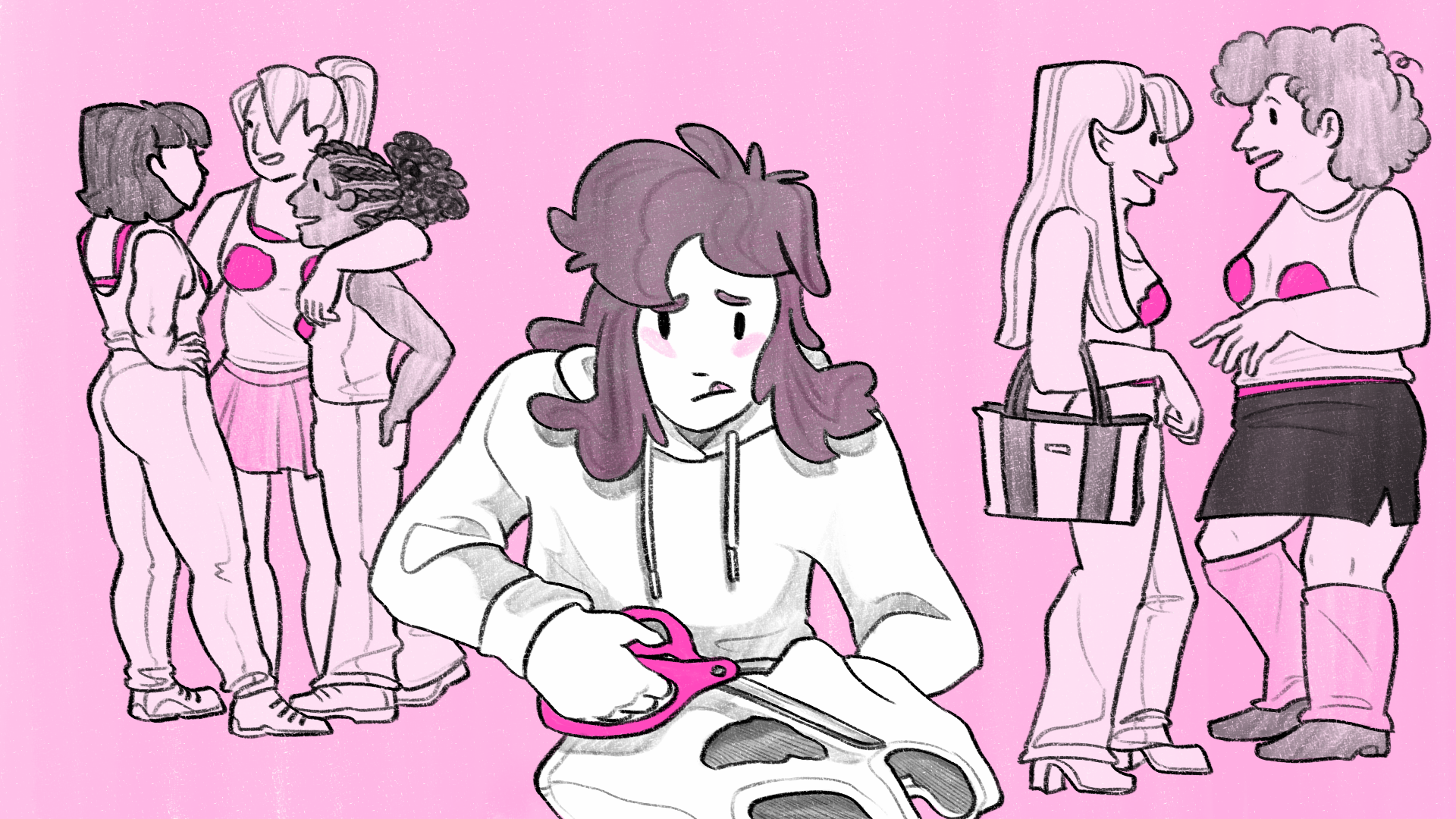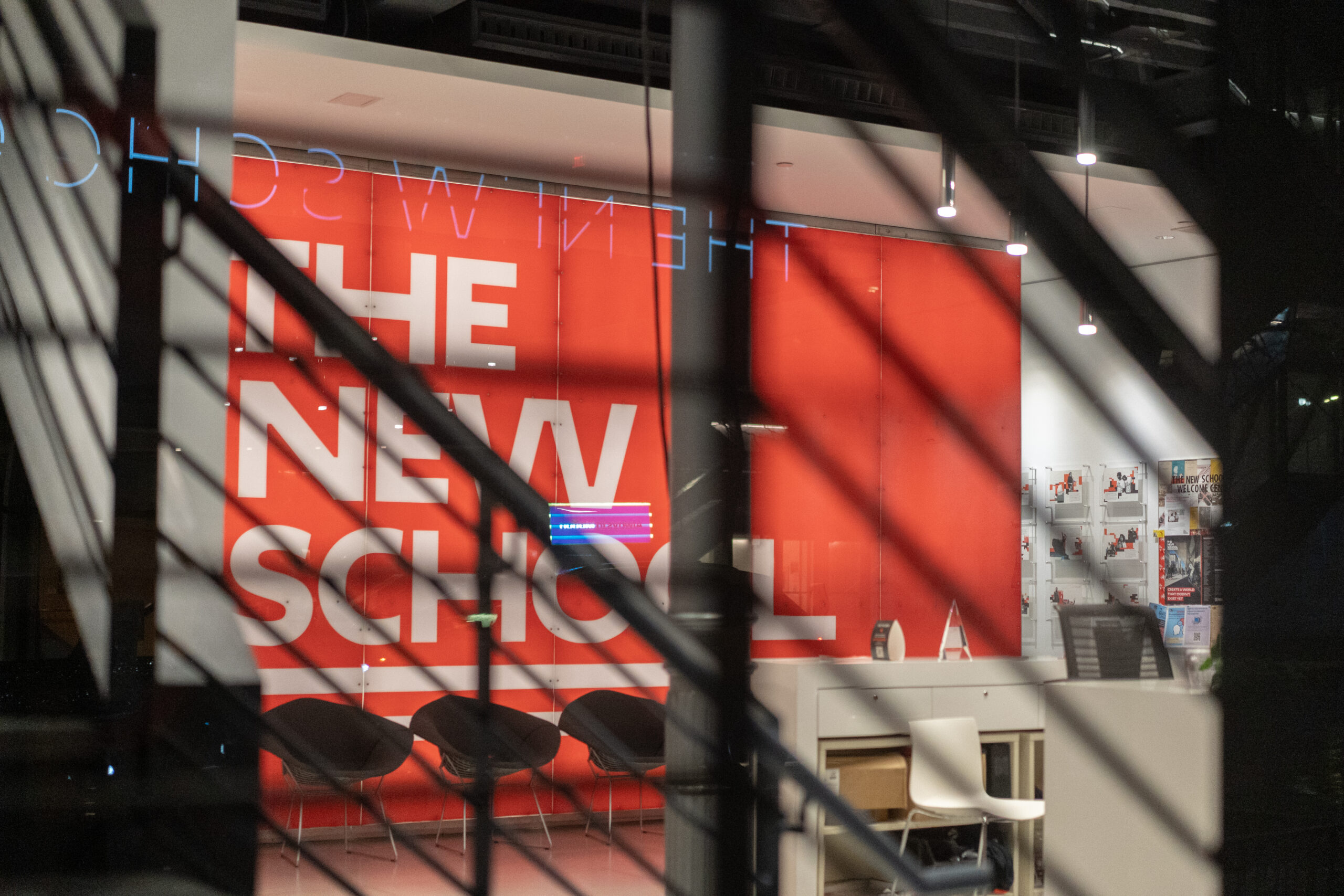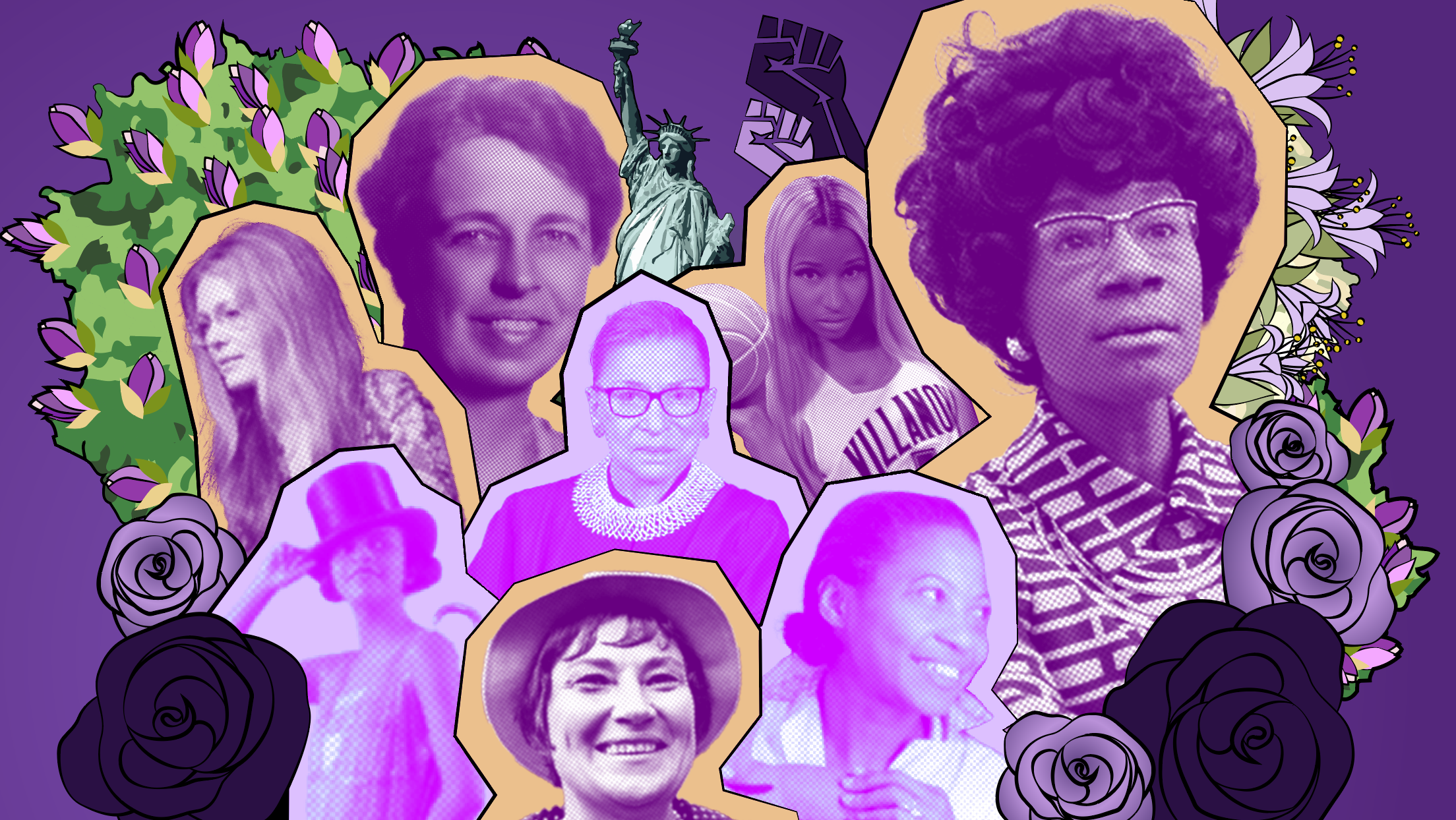Fashion design students at Parsons have petitioned for more plus-size mannequins to be available at the school in an initiative that is being carried out by fashion students at colleges nationwide to move away from the body image standards of the fashion industry.
The Centers for Disease Control and Prevention reported that the average woman in America measures in at a size 14, which falls within the fashion industry’s definition and range of “plus-size” being between sizes 14 and 34.
Nayyara Chue, a fashion design junior who is responsible for creating the petition, was inspired after seeing only one plus-size mannequin at Parsons, forcing her to make her own mannequin out of duct tape. Through her request, she wants to see a range of plus size mannequins between sizes 18 to 24 added to the school’s collection.
With the petition created in March, she has received 3,414 signatures, surpassing her initial goal of 200 signatures. Surprised by the support and recognition she has received, Chue is excited to see more people embracing body positivity.
“A lot of students are into that [body positivity] right now,” Chue said. “I don’t want to call it a trend but it is and the fact that there’s multiple students that want to work with another body type that’s not a size 6, I think it’s great.”
According to Fiona Dieffenbacher, assistant professor of fashion and program director of BFA Fashion Design, Parsons has one size 22 mannequin and 15 size 12 mannequins with one in each of the construction studios.
“We have had two students formally request plus-size forms in a program of 902 students,” Dieffenbacher said. “Given the actual number of requests made we believe that we have more than accommodated the need at present.”
In addition, Dieffenbacher said she would be more than happy for Chue to reach out to her to try and meet the demands of her petition.
Chue has reached out to Dieffenbacher but finds the current selection of plus size mannequins unsatisfactory because the size 12 forms do not represent the entire spectrum of plus sizes.
“Size 12 is hardly plus size. That’s borderline,” Chue said. “There have been multiple students sharing one dress form for the year that I have been here at Parsons and perhaps even more, so obviously they haven’t been catering anyone’s needs.”
Sales for plus-size women’s clothing in the US was reported at $17.5 billion by April 2014, which was a 5 percent increase from the previous year according to the market research company The NPD Group.
As a plus-size women herself, Chue was influenced by her personal struggle of feeling rejected by the fashion industry based on her body type and wants the petition to work towards changing the stigma against plus-size women. Chue also feels that Parsons should take more action in changing the way the industry looks at women’s bodies and clothing sizes by including plus-size designs into their curriculum.
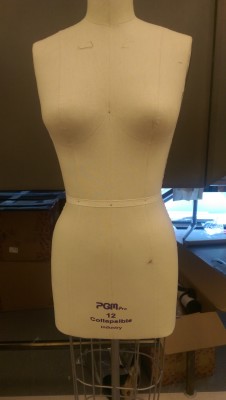
“The fashion world doesn’t really accept people that look like me,” Chue said. “What I want to do is create clothes to make women not feel beautiful, because they already are, but to make them comfortable with themselves and have something that fits their body.”
Mianchen Wang, a sophomore fashion design major, has also only seen one plus size mannequin at Parsons and supports Chue’s campaign.
“If I want to make a garment for plus sizes, I need to learn more about model fittings and pattern making,” Wang said. “Besides, all of my teachers never really gave us this option.”
Wang believes the plus-size mannequins would help her and other students learn to design for different body shapes and adapt to recent changes in the fashion industry with the emergence of plus-size models in luxury brand advertisements.
“Designing a perfect garment for a plus size is a lot harder than designing for skinny models,” Wang said
Dieffenbacher explained that if students want to work with sizes that are beyond what the school offers, they have to specify their desired size ranges directly to faculty or the department. She also mentioned the challenges in meeting requests immediately with the custom ordered mannequins taking several months to make.
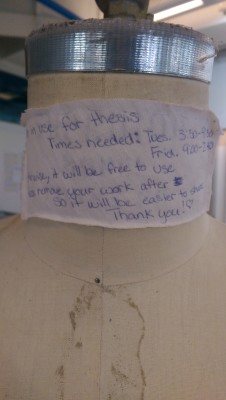
“We [the fashion department] encourage our students to approach design from a user-centered perspective and to break stereotypes,” Dieffenbacher said. “We also encourage them to envision clothing for a wider range of body sizes and shapes that represent the world we inhabit.”
Similarly to Parsons students, fashion design students in other universities have made attempts at increasing the practice of designing plus size clothing. At Cornell University, two apparel design majors, Brandon Wen and Laura Zwanziger designed a plus-size collection for women and had to build their own size 24 mannequins due to the lack of plus-size forms on campus.
During the same time, Syracuse University’s College of Visual and Performing Arts launched “Fashion Without Limits”, a design initiative in 2014 that trained junior year fashion students to design size 12+ fashions through a special competition.
Although she has reached her goal number of signatures, Chue hopes that she continues to get support from not only fashion design students at Parsons but also anyone who supports body diversity and creating fashion that is inclusion of all body shapes.
“Every time people would comment on the petition, I’d cry,” Chue said. “People are so supportive at the end of the day and it makes me believe more in humanity.”


